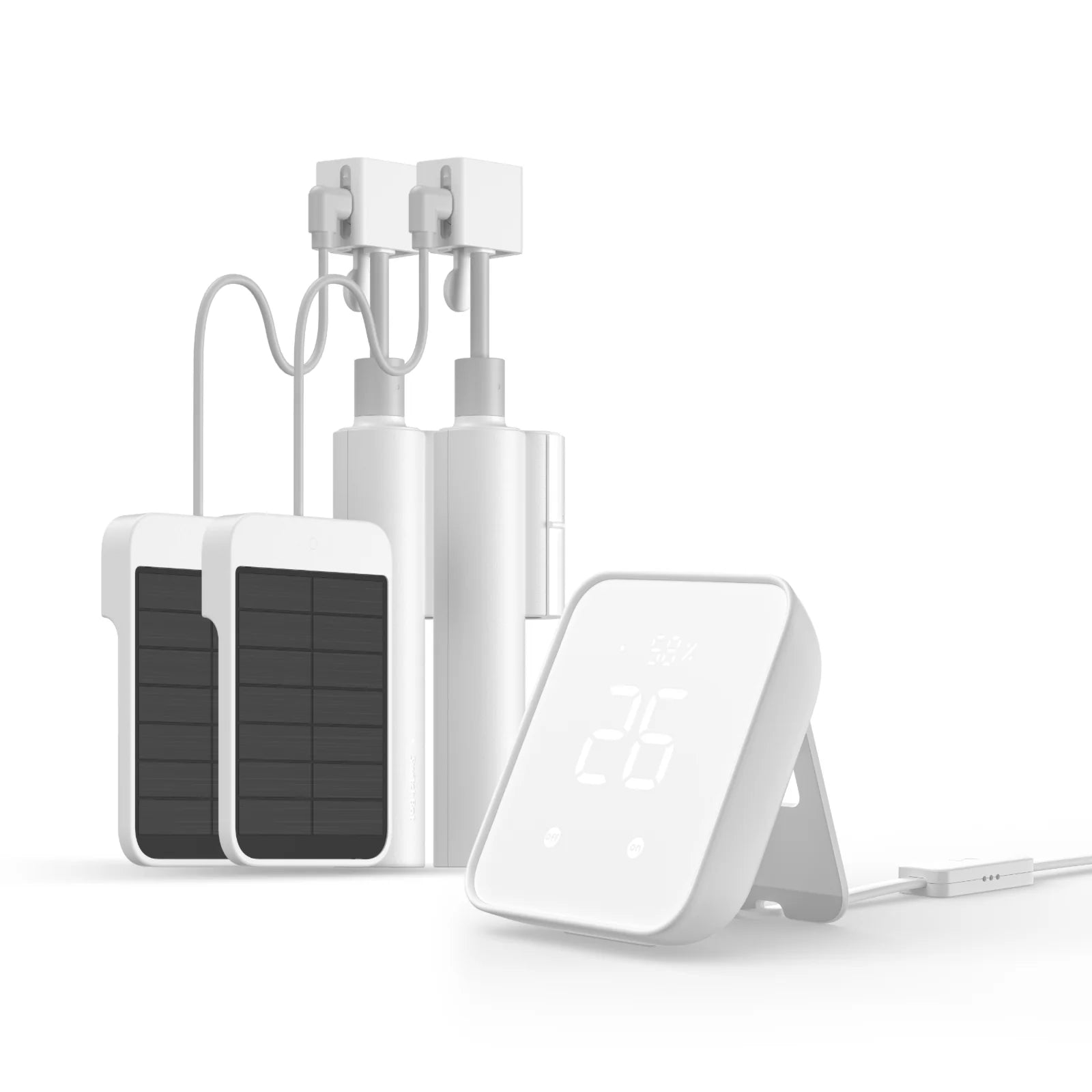Commercial buildings consume a significant amount of energy, and a large portion of this energy is used for heating, cooling, and lighting. However, by incorporating automatic window blinds, businesses can significantly improve their energy efficiency and reduce their environmental impact.

The Role of Automatic Window Blinds in Energy Efficiency
Automatic window blinds play a crucial role in regulating the amount of sunlight and heat that enters a building. By adjusting the blinds based on the position of the sun and the building's orientation, businesses can effectively control the amount of heat and light that enters their space. This, in turn, reduces the need for excessive air conditioning and artificial lighting, leading to substantial energy savings.
Enhancing Comfort and Productivity
Aside from energy efficiency, automatic window blinds also contribute to the comfort and productivity of building occupants. By allowing natural light to enter the space while minimizing glare and heat, employees can enjoy a more comfortable working environment. Studies have shown that access to natural light can improve mood, reduce eye strain, and enhance overall well-being, ultimately leading to increased productivity and satisfaction among employees.
Integration with Smart Building Systems
One of the most innovative aspects of automatic window blinds is their integration with smart building systems. These blinds can be connected to sensors, timers, and building management systems, allowing for automated adjustments based on factors such as sunlight intensity, temperature, and occupancy. This level of automation not only optimizes energy usage but also reduces the need for manual intervention, making it a convenient and efficient solution for commercial buildings.
Financial Benefits and Environmental Impact
From a financial perspective, the installation of automatic window blinds can lead to long-term cost savings for businesses. By reducing energy consumption, companies can lower their utility bills and operating expenses, ultimately improving their bottom line. Additionally, the decreased reliance on artificial lighting and heating systems contributes to a reduction in greenhouse gas emissions, aligning with corporate sustainability goals and environmental responsibility.
Overall, the implementation of automatic window blinds presents a compelling opportunity for commercial buildings to enhance energy efficiency, occupant comfort, and environmental sustainability. By leveraging advanced technologies and smart building solutions, businesses can achieve a more efficient and eco-friendly operation while reaping the financial benefits of reduced energy consumption.







